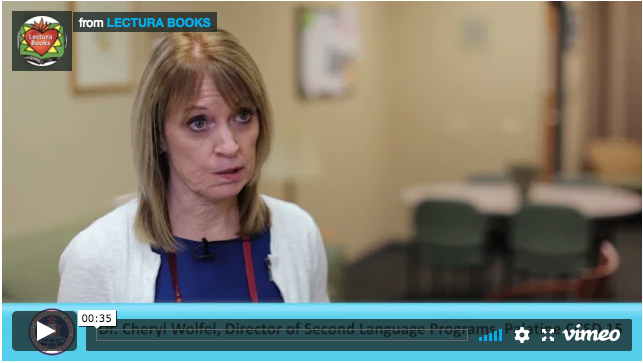Reading is a process that involves extracting meaning from printed words. Young children gain early reading skills by the direct teaching of words and sounds. It is important for young children to be able to distinguish between varying sounds of oral language. ELLs in elementary school grades first through third must be able to differentiate between sounds of oral language in order to fully understand English. Additionally, they need to obtain basic knowledge such as the alphabet, the sounds the alphabet makes, and the idea of print. These skills will help ELL elementary students solidify their language comprehension skills. Take a look at some strategies that parents can use when reading with their children at home.
Practicing Oral Language Skills
Prior to reading a new book that has words that your ELL child might not know, it is important to review some of the words that they will be encountering within the story. This is pertinent in ensuring that your child understands the context of the story. Some fun and helpful ways to teach language to children include showing objects or pictures that are associated with the word, reflect the meaning of the word using a Spanish equivalent that they may know, or role playing.
Encourage Listening Comprehension
A great way to help young ELL children obtain and strengthen their reading skills is to listen to stories being read aloud by their parents. Not only will listening to stories help them enrich their vocabulary, but it will also help them comprehend what they are hearing. This will enable children to understand varying elements in stories. While reading aloud, parents can stop every once in a while to summarize what they have read thus far, so they can help their children fully understand what they have heard.
Age Appropriate Reading Program
Another great way to encourage and strengthen reading skills of ELL elementary school children is participating in a family reading program. The Latino Literacy Project offers an elementary level family reading program called “Family Stories/Cuentos Familiares.” The program teaches parents about the importance of establishing a family reading routine with their children by using age-appropriate books for grades 1-4. The programs also helps both ELL parents and school-aged children learn English vocabulary and reinforce Spanish vocabulary simultaneously.

